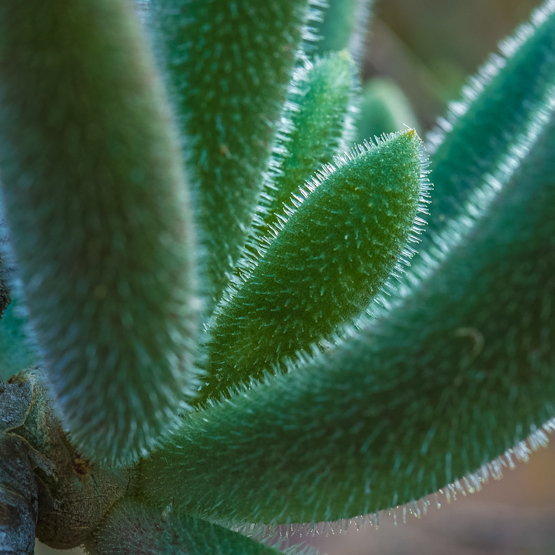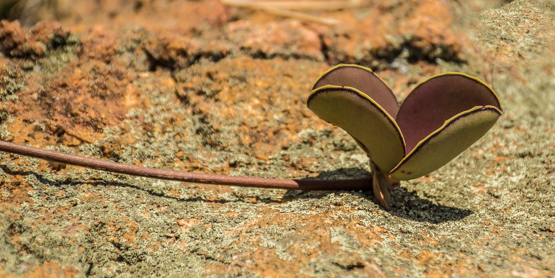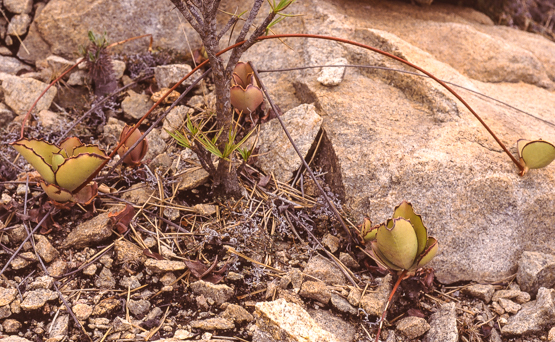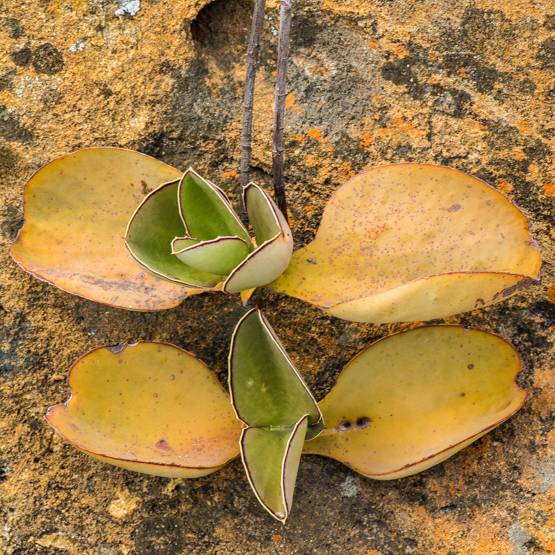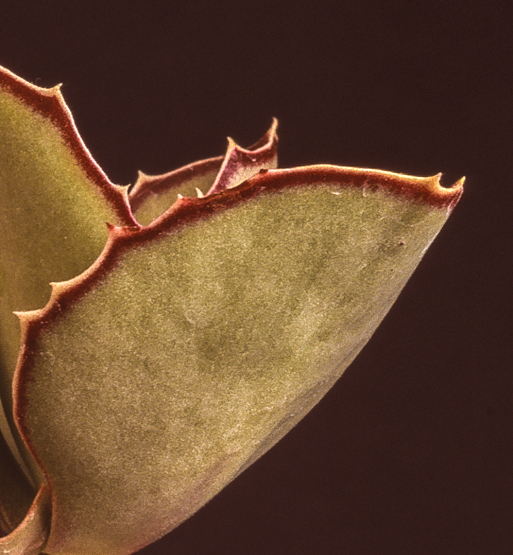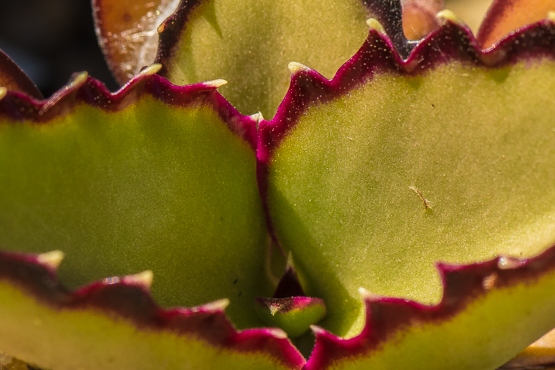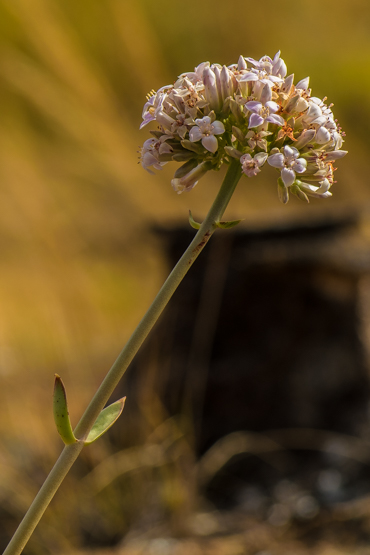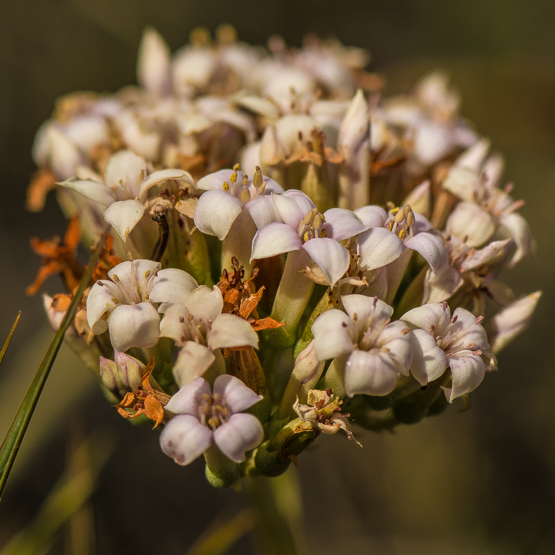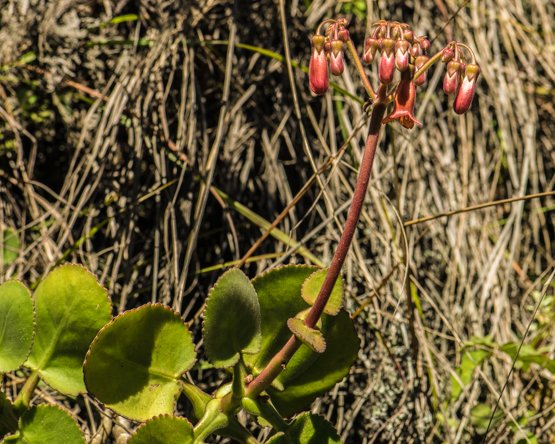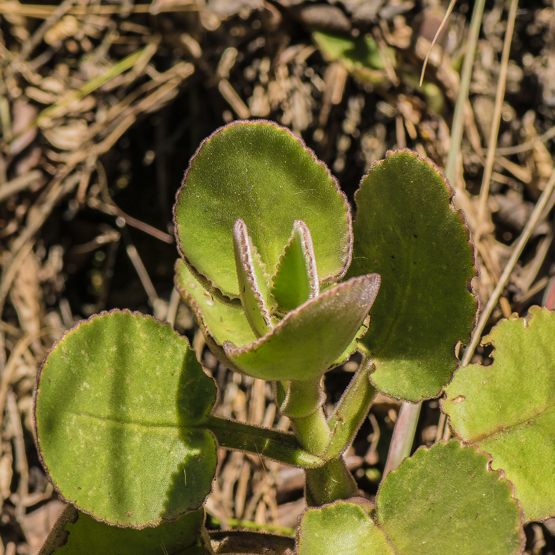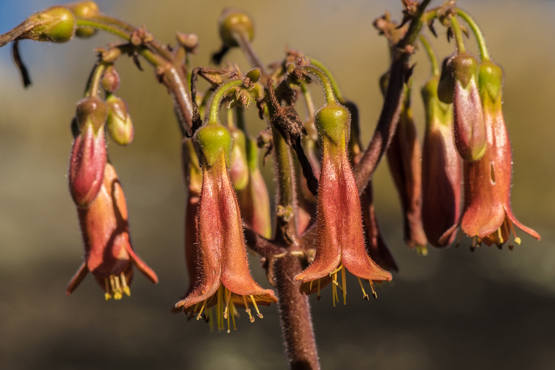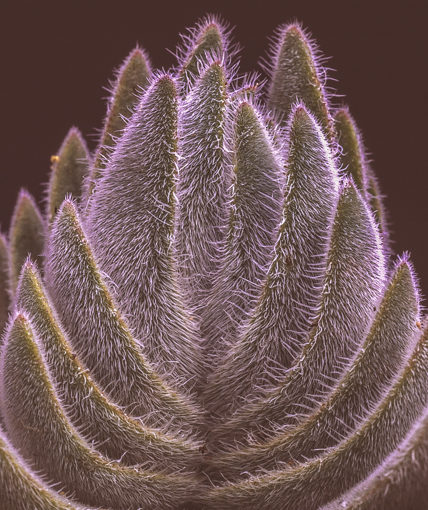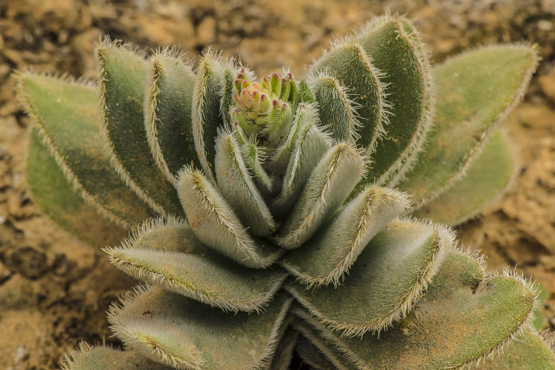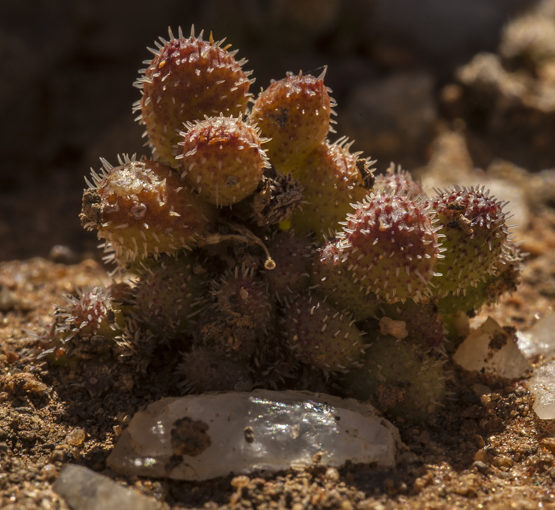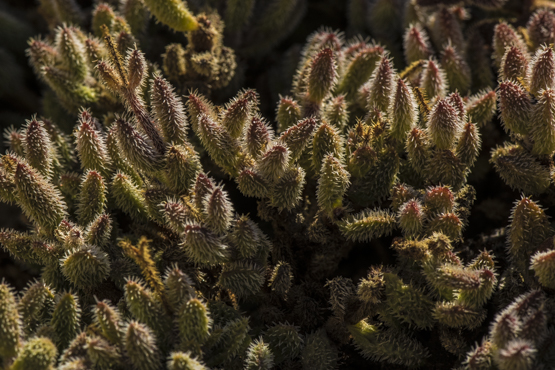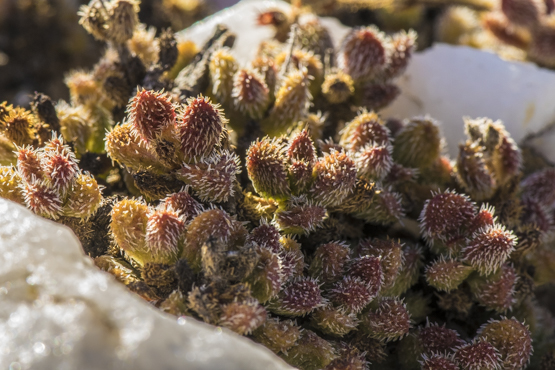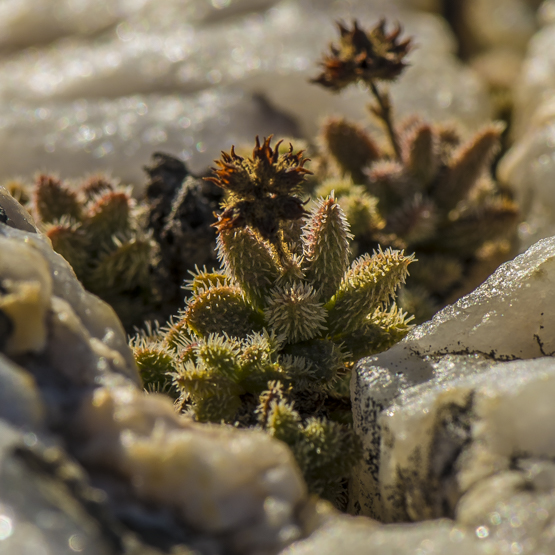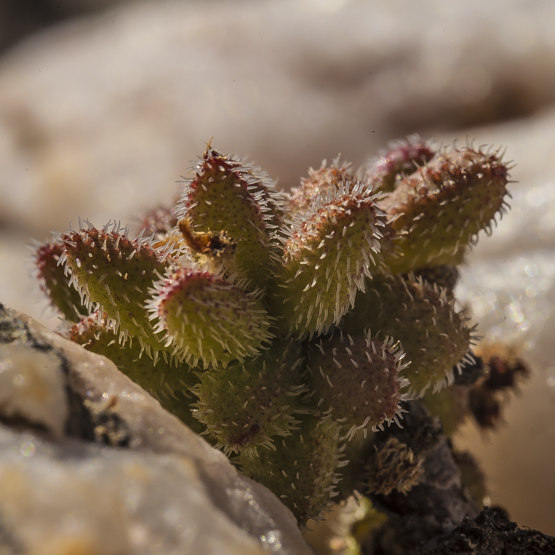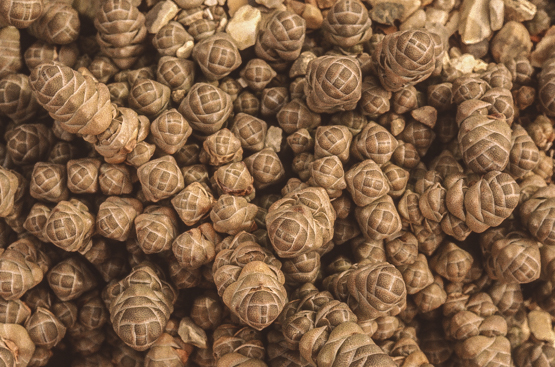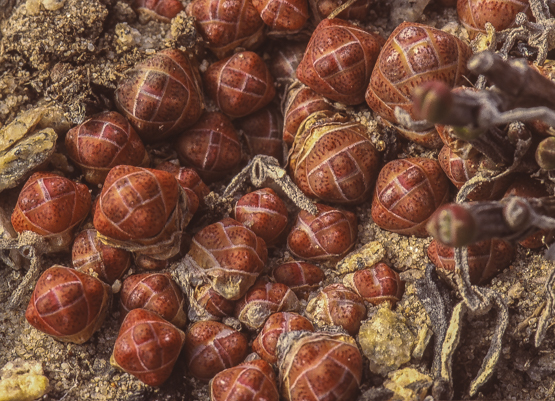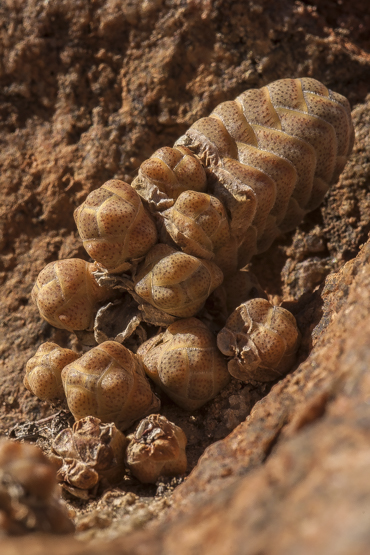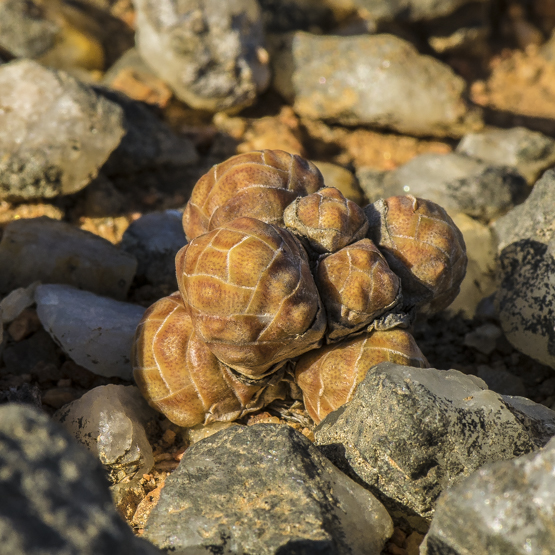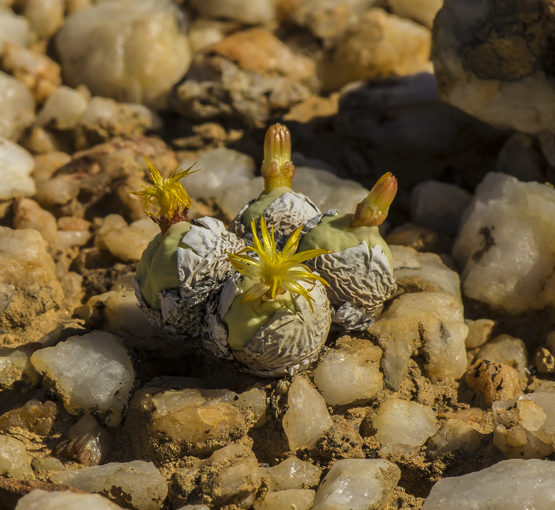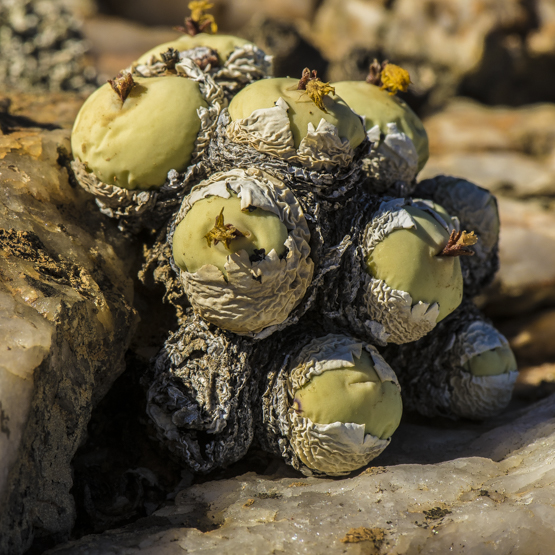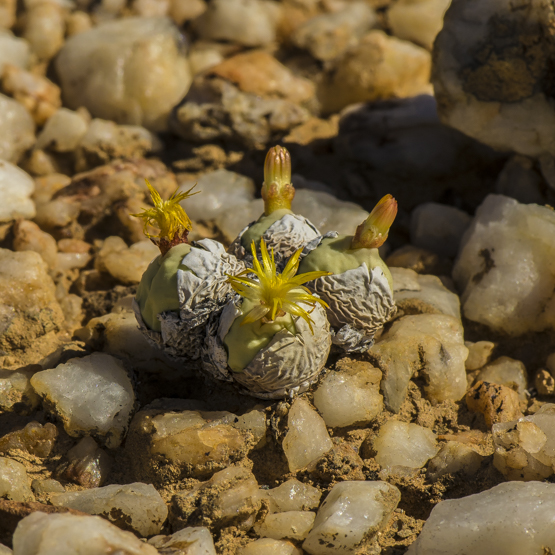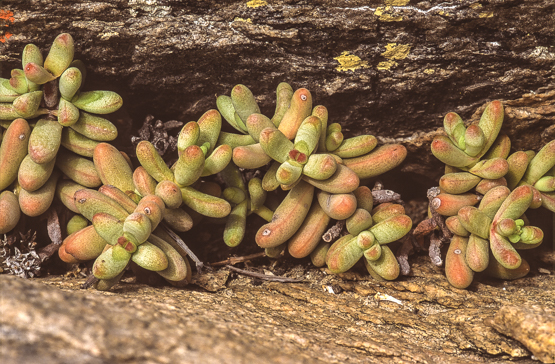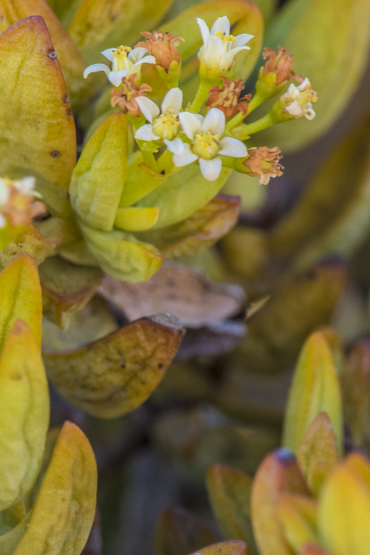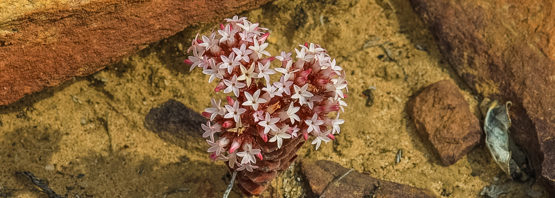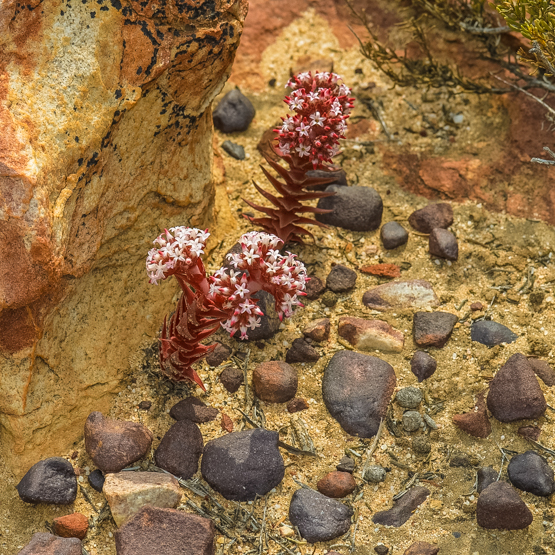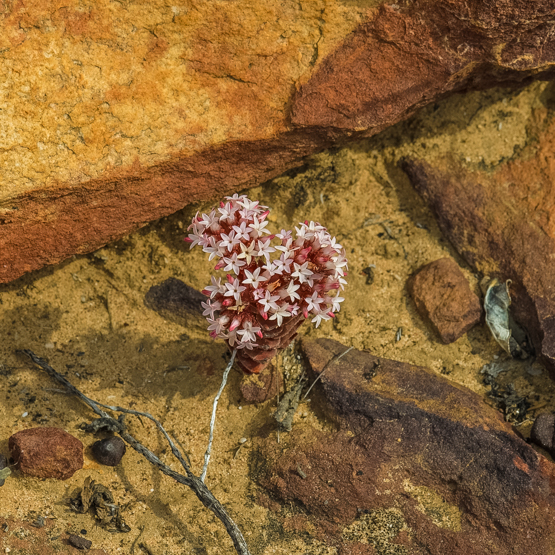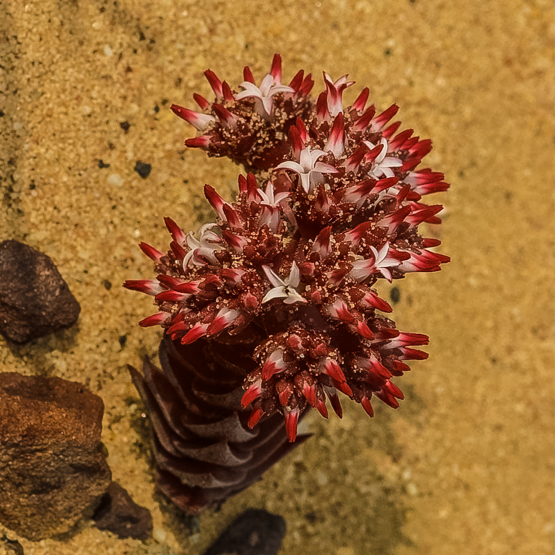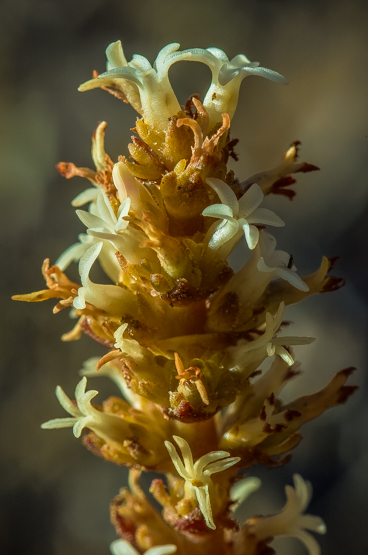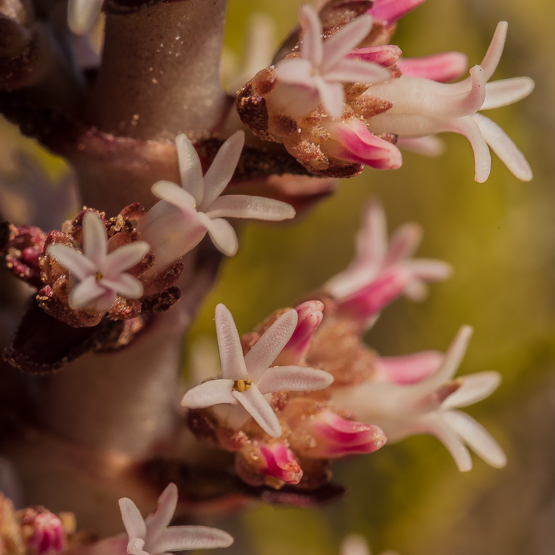Barbata means bearded and it would be hard to come up with a more apt name for this interesting little gem which is not just beautiful, but also interesting in an ecological sense.
The pictures show how dramatically the appearance of the plants changes between late autumn and late spring. Please bear in mind that the plants occur in the southern hemisphere, and also that they only grow in the cooler and wetter months (autumn to early spring).
In nature, these plants are short-lived (1-2 years). They are so-called monocarpic, which means they die after flowering (new rosettes may be produced at the base).
Their leaves are variable in shape and about 1-2 cm long and 2-3.5 cm wide. They are fringed with relative long hairs (cilia), which may be up to 0.5 cm in length and are able to absorb dew. Over a hundred years ago, Marloth found out that plants of this species could absorb in this way more than 5 % of their weight per night.
Although the plants are stemless, they are up to 30 cm tall when in flower (September-November).
This subspecies is widespread from the Cederberg to the Little Karoo, always occurring in small numbers, as a rule in shade, under shrubs or on rocky slopes.
Ssp. broomii is only known from near Victoria West and mainly differs in the much shorter cilia (less than 1 mm).

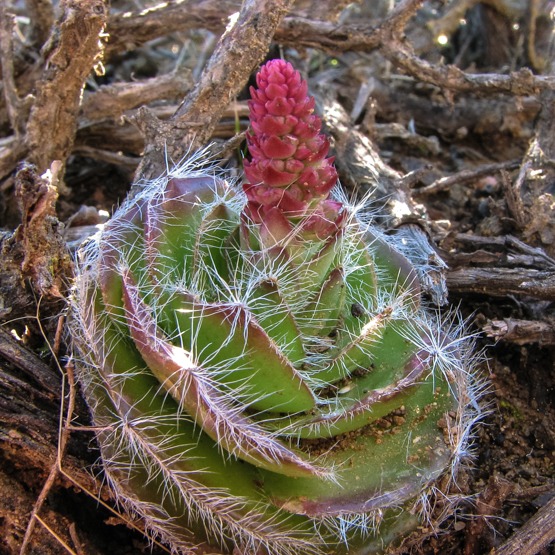

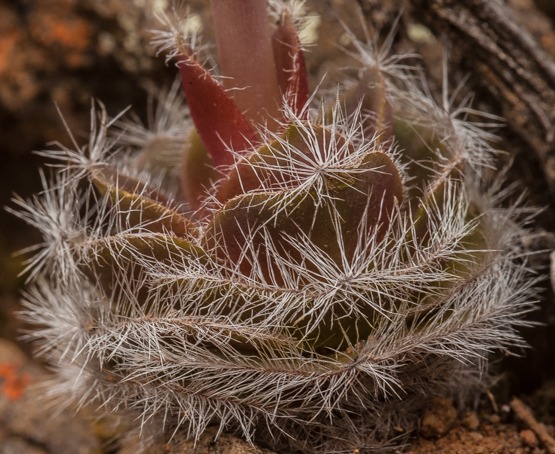
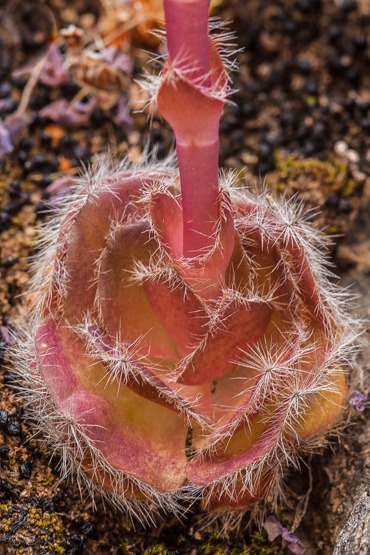
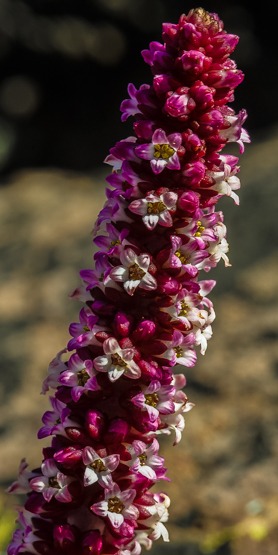
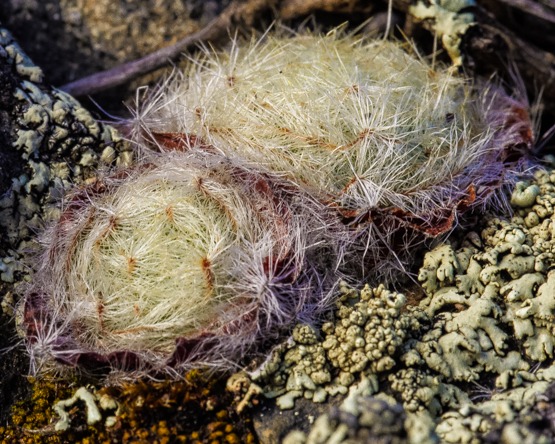
With summer approaching, the rosettes have closed to minimize transpiration. The cover of long hairs also acts as insulation against strong light and desiccating winds.



